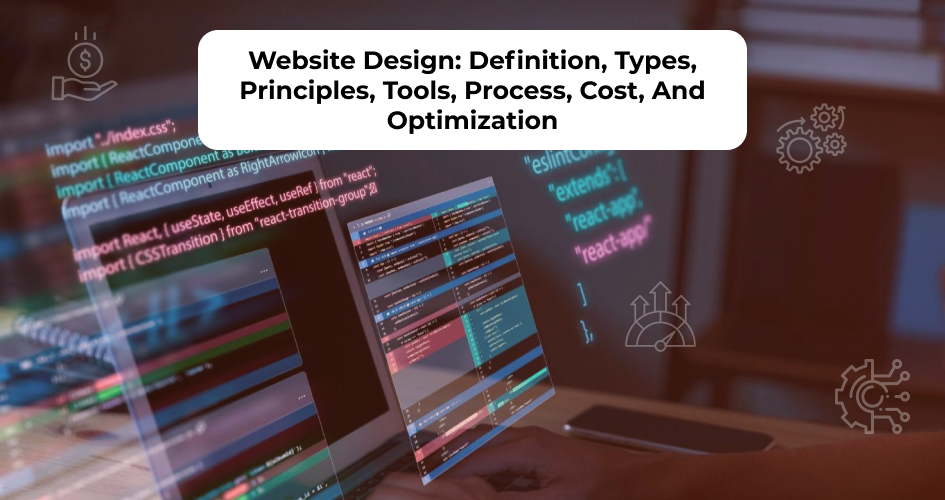In web development, unexpected issues can pop up at any time, delaying the whole process.
To avoid this issue, consider using agile methodologies in your web development lifecycle.
They offer efficient collaboration, iterative development, and continuous feedback, so your website remains adaptable and flexible to any changes.
In this article, we’ll explain how this management approach can save you time, money, and frustration when building a website.
What Is Agile Methodology?
Agile is a project management philosophy that focuses on flexibility and iterative development.
With this approach, you can build your website in smaller, manageable chunks, while incorporating feedback from stakeholders.
This methodology gained widespread popularity in the early 2000s with the Agile Manifesto, which is a document outlining values such as:
- Individuals and interactions over processes and tools
- Working software over comprehensive documentation
- Customer collaboration over contract negotiation
- Responding to change over following a plan
To translate those values into the development process, the following aspects are required:
- Cross-functional teams: Designers, developers, and other stakeholders working together throughout the project.
- Sprints: Focused work periods (usually 1-4 weeks) where the team tackles a specific set of website features.
- Stand-up meetings: Daily or regular brief meetings for the team to discuss progress, setbacks, and next steps.
- Iterative development: After each sprint, the team will review the progress, incorporate feedback, and refine the website based on findings.
This methodology enables continuous improvement, and ensures that your website constantly evolves to meet your business needs and user expectations.
Benefits of Agile Methodology for Web Development
Agile methodologies offer several benefits to streamline your web development process, such as:
- Reduced risk: Agile’s iterative nature takes continuous feedback into account. This means you can identify potential issues early on, and minimize the risk of rework later in the process.
- Faster time to market: Since this approach focuses on delivering high-value features in short bursts, you can get the core version of your website up and running quickly. It also allows you to start gathering valuable user data and feedback sooner.
- Improved quality: This method requires ongoing testing throughout the web development process. So, the features are not only functional but also meet the needs of your target audience.
- Enhanced transparency: Agile promotes collaborative environments where open communication is key. Through regular meetings and feedback loops, you’ll be informed of progress and provided input along the way.
- Greater adaptability to changes: You can easily adjust priorities and incorporate new ideas as they arise.
- Increased team productivity: The development team will get more ownership and control over their work, especially through the sprints. This can boost their morale, resulting in better productivity.
How to Implement Agile Methodologies in Web Development Projects
Here’s how to implement agile methodology in your web development project.
1. Assemble Your Team
To build a successful website, you need a cross-functional team with diverse skill sets.
In an agile web development project, usually the team consists of the following members:
- Web development team: People who are responsible for building the website. This team consists of front-end developers, back-end developers, and full-stack developers (depending on the complexity of the website).
- Product manager: They focus on supporting the website’s vision and priorities by creating new feature ideas, ensuring alignment with business goals, and managing the product backlog (a list of features to be developed).
- Scrum master (project manager): Their responsibility is to make sure that the team keeps following the agile principles and practices.
Since agile principles encourage team participation and self-organization, you might want to involve potential team members in discussions about project goals as well.
This will build their sense of ownership early on.
2. Define Your Project Goal
Before starting the project, you need to set the goal.
A clear understanding of the goal will ensure that everyone involved is heading in the same direction.
Without a well-defined goal, the project can lead to wasted resources and a website that may not meet user’s expectations.
Here are some steps to create your web development goals:
- Identify your business objectives: What are you hoping to achieve with your website?
- Understand your target audience: Who are you trying to reach with your website? What are their needs and expectations?
- Conduct market research: Analyze your competitors’ websites and industry trends to identify opportunities and differentiate yourself.
- Brainstorm with your team: Open discussion and collaboration within your agile team to develop a comprehensive project goal.
- Refine and solidify your goal: Make sure your goal meets the SMART criteria and clearly addresses the desired outcome for your website project.
3. Create a Product Backlog
Product backlog is a document that continuously evolves throughout the agile development process.
It serves as a single source of truth for the project, which outlines all the items that could potentially be included in your website.
It’s important, because the backlog helps you create features based on the target audience’s needs.
You can easily add, remove, or modify features as new information or priorities emerge throughout the development process.
Here’s how to create a proper product backlog for your web development project:
- Brainstorm with stakeholders: Gather input from all stakeholders, including designers, developers, and the marketing teams. Check all potential features you envision for your website.
- Write user stories: Craft user stories that capture the essence of each backlog item. A good user story usually follows this format: “As a (user), I want (desired feature), so that (benefit).”
- Estimate effort and complexity: Assign a complexity score to each user story in the backlog. This will help the team to understand the importance of each item and plan sprints effectively.
- Refine continuously: The product backlog is a living document. So, revisit and refine the backlog regularly to ensure it reflects the current priorities and goals.
4. Conduct Sprints and Daily Stand-up Meetings
Sprints and daily stand-up meetings always play an important role in any successful agile development project.
So, what does sprints and daily stand-up meetings mean?
- Sprints are short periods of development activity, typically lasting 1-4 weeks. Each sprint focuses on delivering a specific set of high-priority features from the product backlog.
- Daily stand-up meetings usually last 15 minutes or less. They provide a platform for quick updates, problem-solving, and course correction if needed, keeping the team aligned throughout the sprint.
Implementing sprints and daily stand-up meetings, you can create a dynamic and collaborative environment that promotes efficiency in your project.
5. Gather Feedback and Iterate
Websites are built for users, so their feedback is valuable.
That’s why you need to gather feedback throughout the development process to identify usability issues along the way.
If you want to gather feedback and perform continuous iteration, here’s what you should do:
- User testing: Observe how real users interact with your website during various stages of development.
- Stakeholder reviews: Conduct regular meetings with stakeholders to gather feedback on progress and identify areas for improvement.
- Analytics and data tracking: Use website analytics tools (like Google Analytics) to track user behavior and identify areas where users might be dropping off or encountering difficulties.
- A/B testing: Test different design elements, layouts, or functionalities to see which ones resonate best with your target audience.
Conclusion
Through agile methodologies, you can transform your website development project from a slow and unpredictable process into a smooth, ever-evolving cycle.
Is this your first time building a website? The process might seem complicated.
If you ever need help, consider partnering with a reliable web development agency like Intelivita!
With over 450 successful web projects delivered across 12 years, we can help you build a professional website that’s not only visually stunning but also caters to your target market.






